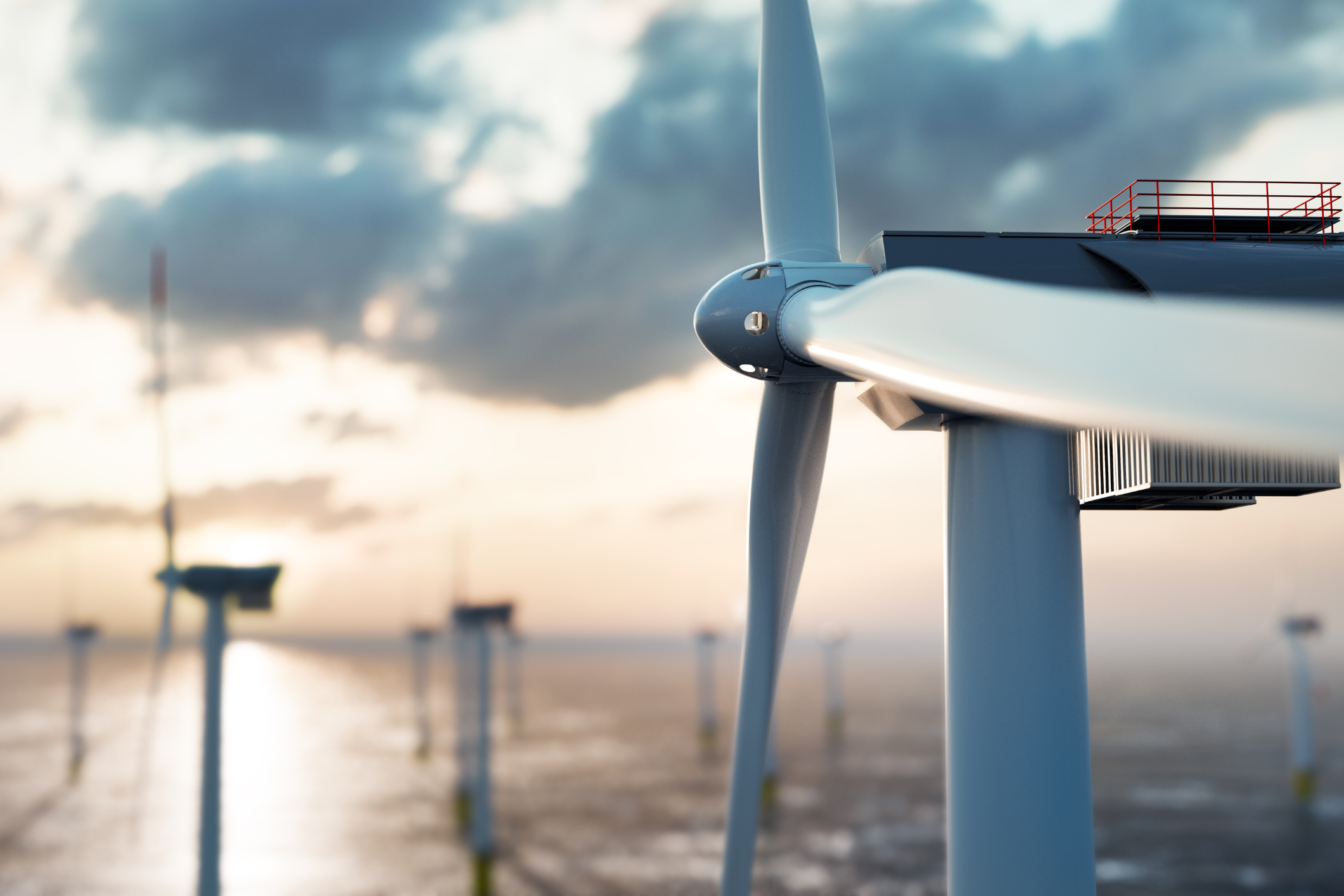By Jessica Parineet
An Opportunity to Reduce Emissions and Create Jobs
New Jersey currently has an ambitious goal to install 11,000 megawatts (MW) of offshore wind capacity by 2040, as part of a broader commitment to 100% clean electricity by 2035 (Murphy, 2022; Murphy, 2023). Offshore wind is a crucial opportunity for New Jersey to advance clean energy and create nearly 20,000 new jobs by 2030 (New Jersey’s Offshore Wind Workforce Assessment Through 2035, 2022). The distribution of the economic and climate benefits generated by offshore wind will be dependent on the state’s policy approach through the course of implementation. This research therefore aims to address the following question: How can New Jersey prioritize socioeconomic equity while supporting a burgeoning offshore wind industry?
Through literature review of government, industry, and academic sources, this new report assesses New Jersey’s current policy approach and identifies gaps where complementary strategies can be implemented.
The offshore wind industry is in its early stages in the United States with only one utility scale project currently in operation (NY Governor’s Press Office, 2024). European countries have pioneered the industry for over two decades, having installed over 30 GW of capacity in the UK, Germany, the Netherlands, and Denmark combined (Costanzo et al., 2024).
In New Jersey, three developers have contracts to construct offshore wind farms with around 5.2 GW of total capacity, which could power nearly 2,500,000 homes (NJBPU 2024). State policymakers have an opportunity to draw insights from the well-established EU and UK offshore wind industries. This report will therefore include examples relevant to socioeconomic equity that can guide future strategies in New Jersey.
Jessica Parineet is a Research Assistant with the New Jersey State Policy Lab and a graduate student in the Master of Public Policy program at the Bloustein School of Planning and Public Policy.

